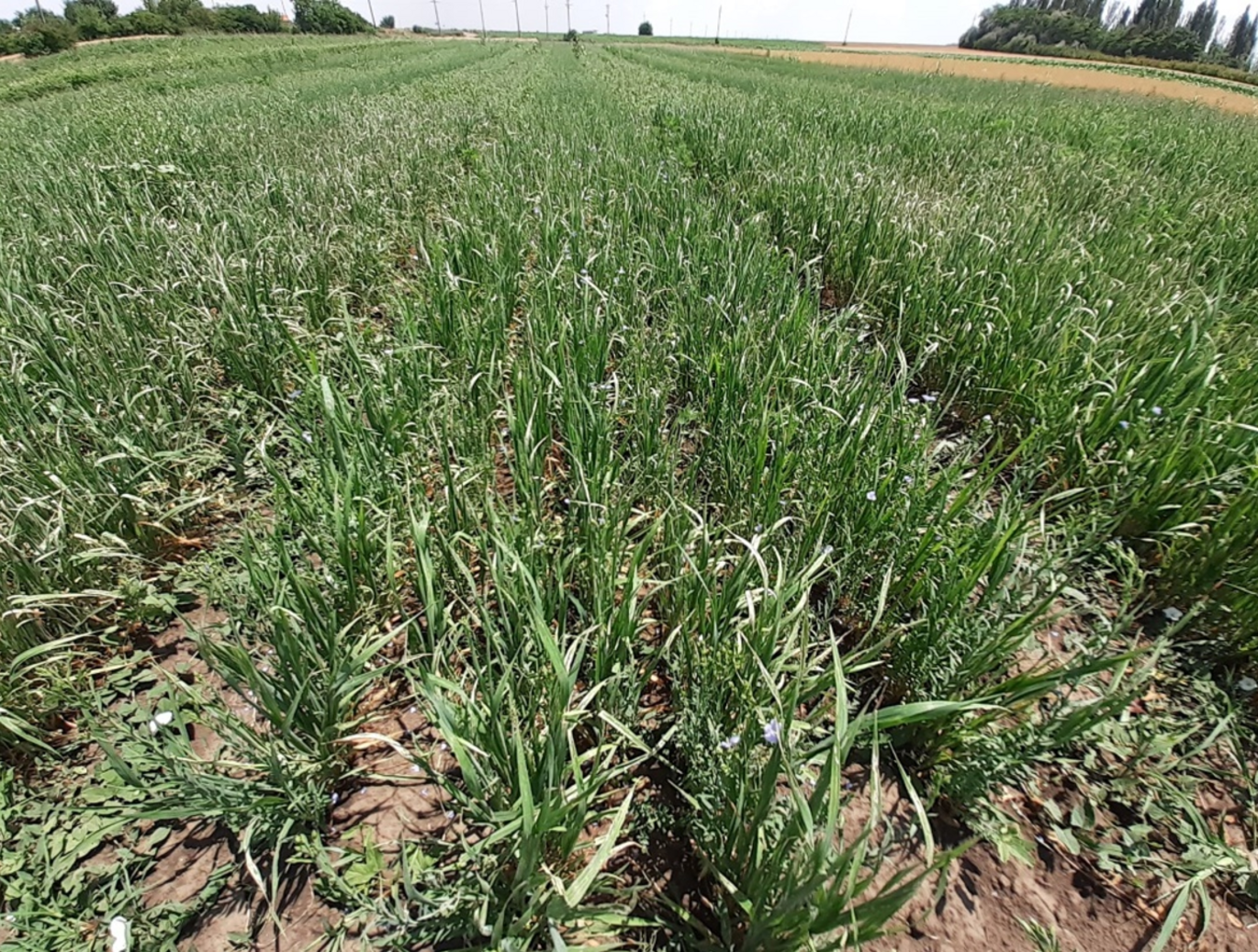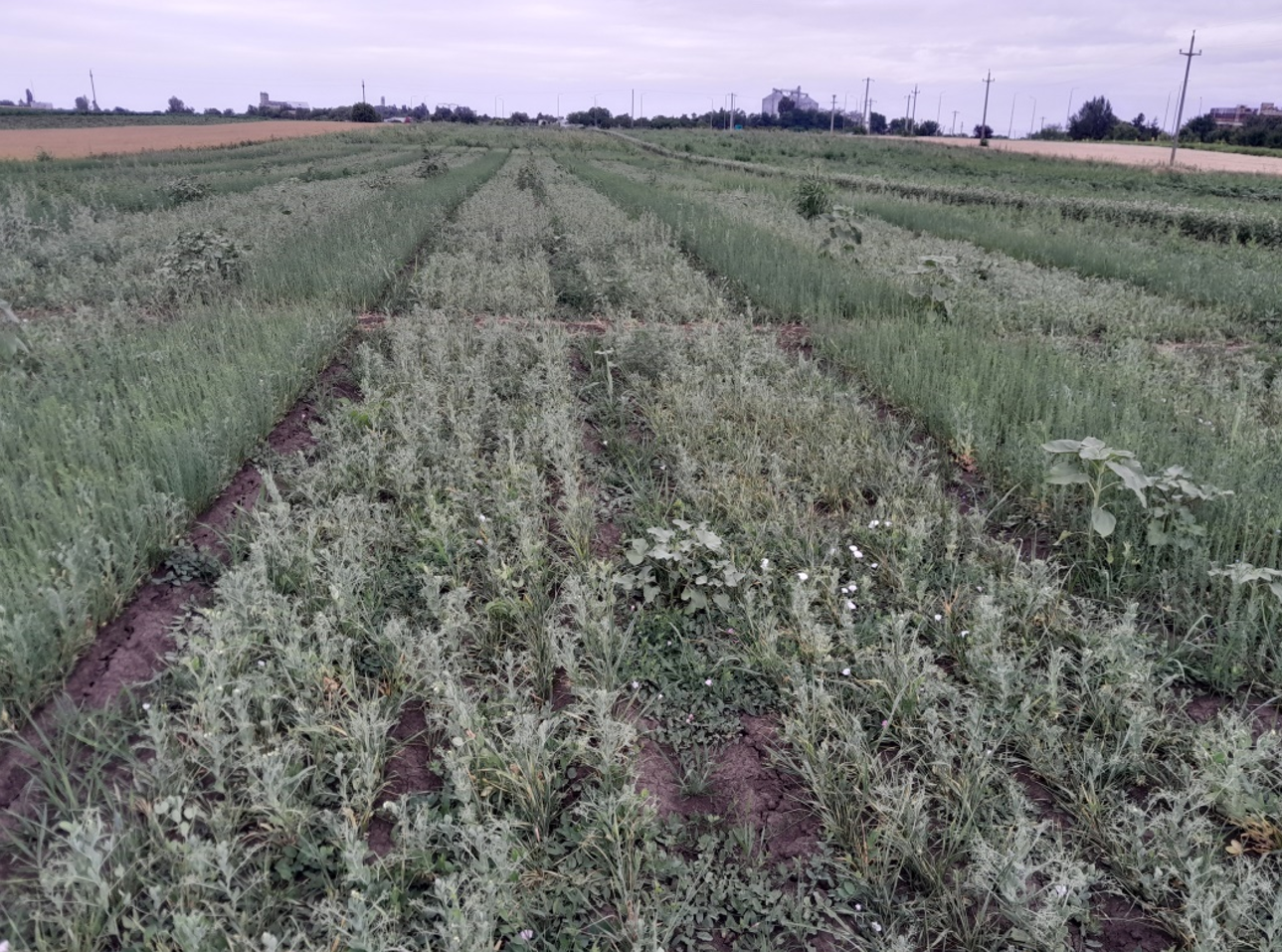Intercropping and agroecosystem enhancement through DIVERSILIENCE
The DIVERSILIENCE project explores the benefits of multispecies cropping, aiming to enhance agricultural sustainability and yield across Europe through innovative research and practical applications.


Innovating multispecies cropping with DIVERSILIENCE
Intercropping, the practice of growing two or more crop species together, is a well-established practice in agriculture, known for its benefits in enhancing biodiversity, improving yield stability, and reducing pest and disease incidence. The DIVERSILIENCE project, through strategic innovation in multispecies grain and forage intercropping, aims to further optimize this method to meet the challenges of modern agriculture in different parts of Europe.
Optimizing crop synergy through intercropping in Southern Europe
In the southeastern regions of Romania, DIVERSILIENCE conducted a two-year field experiment to assess the effectiveness of various intercropping combinations. The study focused on integrating legumes, such as peas, with non-legumes, including camelina and flax, to explore the potential for increased yield and ecological benefits compared to sole cropping systems. The experiments explored combinations of two and three species, aiming to identify optimal mixes that could contribute to sustainable organic farming practices.
The findings were promising, demonstrating that certain intercropping configurations significantly outperformed monoculture crops in terms of yield and revealed a remarkable synergy among diverse plant species. For instance, combinations like peas with oats and flax with camelina showed a significant increase in productivity, highlighting how the strategic pairing of legumes and cereals or oilseeds can lead to enhanced biomass production and soil health.
Maximizing cereal yield with forage intercropping in cool climates
In the cooler, more variable climate in Jablje in Slovenia, DIVERSILIENCE explored the benefits of forage intercropping with a focus on its capacity to bolster the yield and vitality of following cereal crops. The investigation centered on integrating beans with staple cereals such as wheat and maize. The results were illuminating: Intercropped plots improved soil structure and nutrient recycling, benefiting subsequent cereal crops' health and vigor. The systems also naturally suppressed weeds and pests, reducing the need for chemicals and promoting sustainable farming practices. Forage crops alongside cereals enhanced habitat diversity, curbing pest and weed growth.
Advancing ecological farming practices
The promising results from our field experiments underscore the significant benefits of multispecies cropping systems. Not only do these practices yield higher productivity and ecological advantages, but they also pave the way for a more sustainable and resilient agricultural future. As we continue to face global challenges such as climate change, food security, and environmental degradation, the insights gained from DIVERSILIENCE offer valuable strategies for adaptation and sustainability.
To learn more about the DIVERSILIENCE project and its contributions to sustainable agriculture, please visit our website.
Barbara Pipan & Vladimir Meglič, KIS, barbara.pipan@kis.si
Victor Petcu & Elena Petcu, NARDI, petcuvictor86@gmail.com
Anniken Fure Stensrud, NORSØK, anniken.stensrud@norsok.no